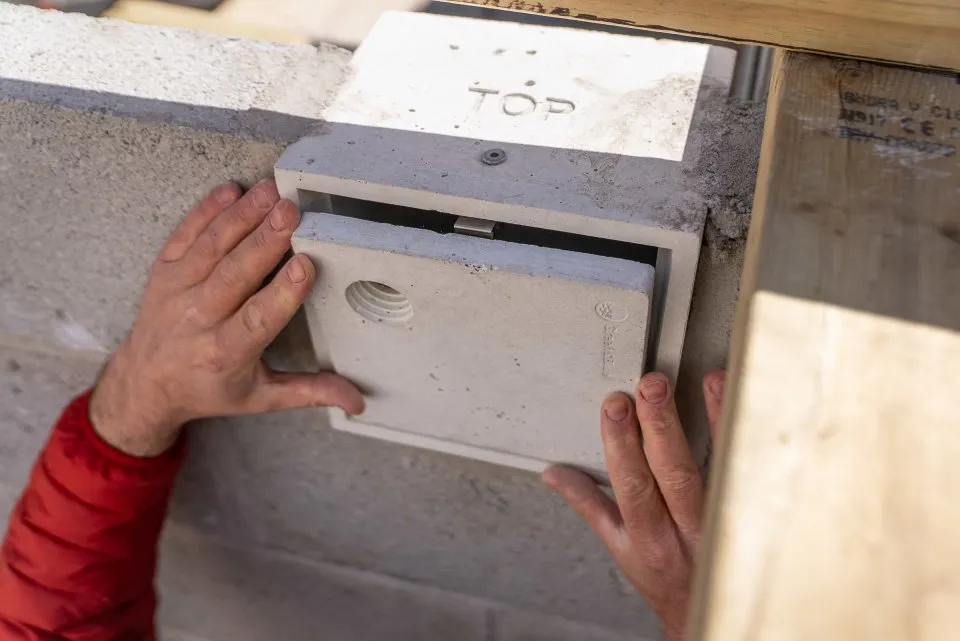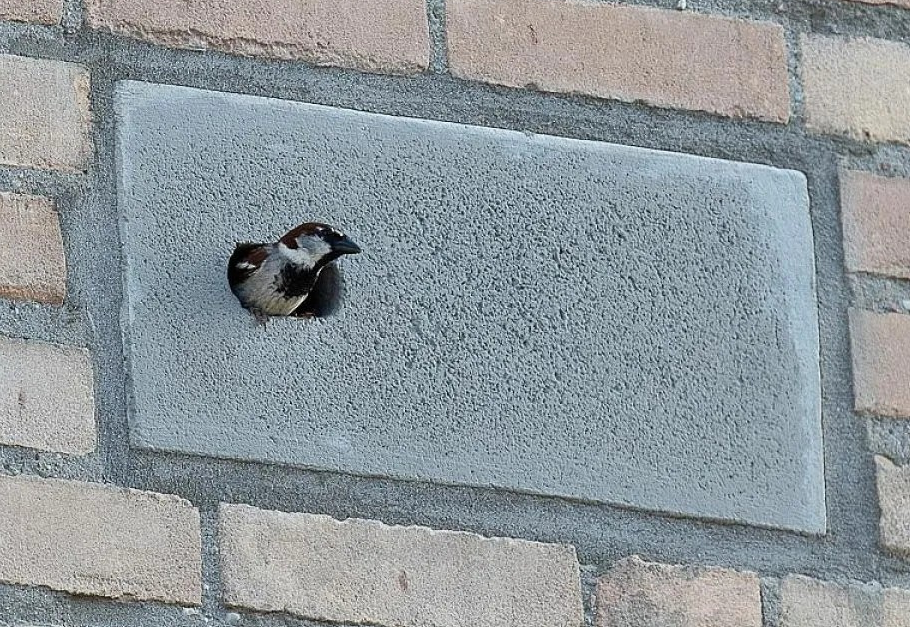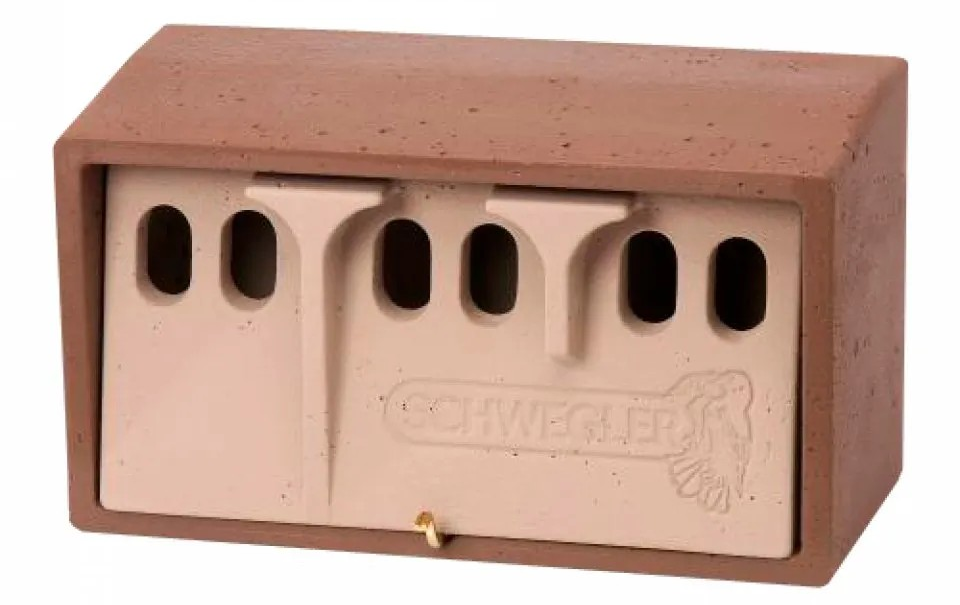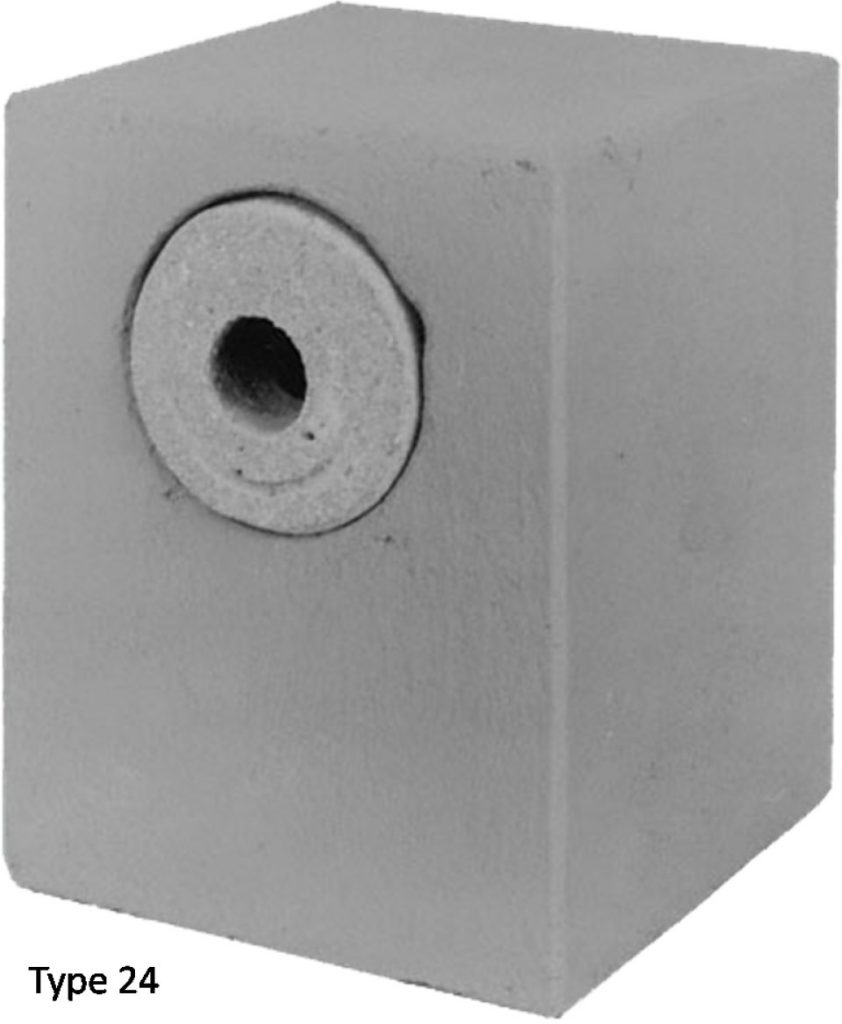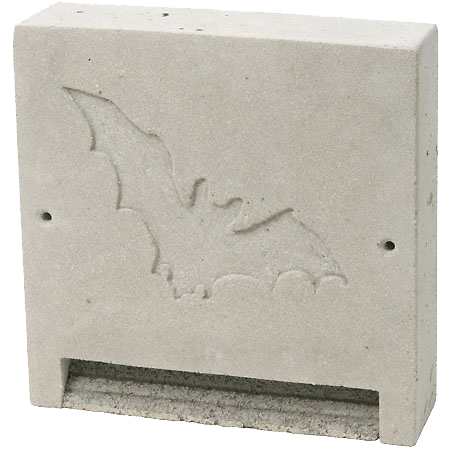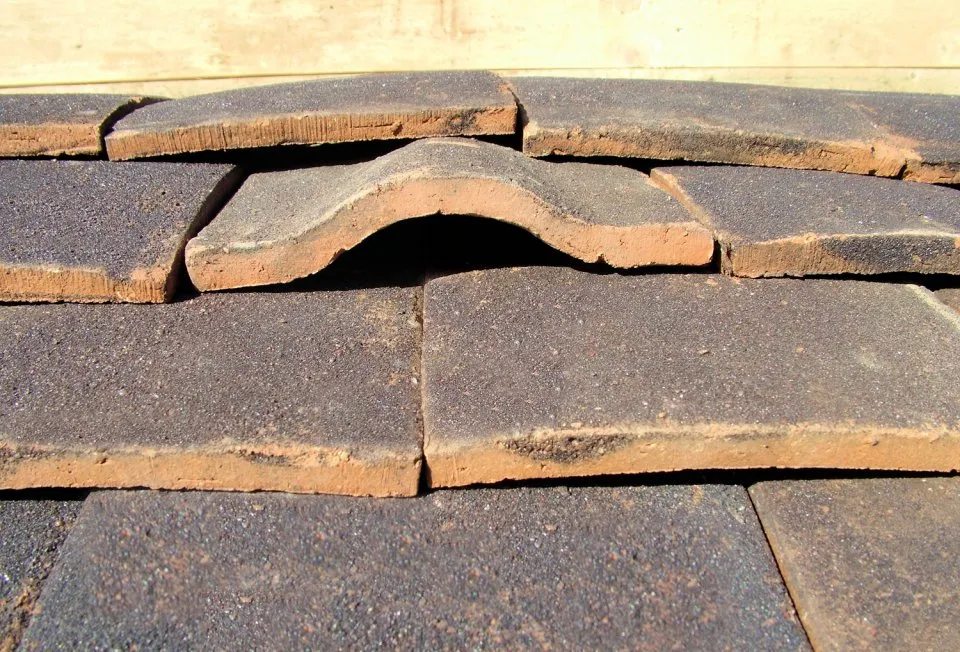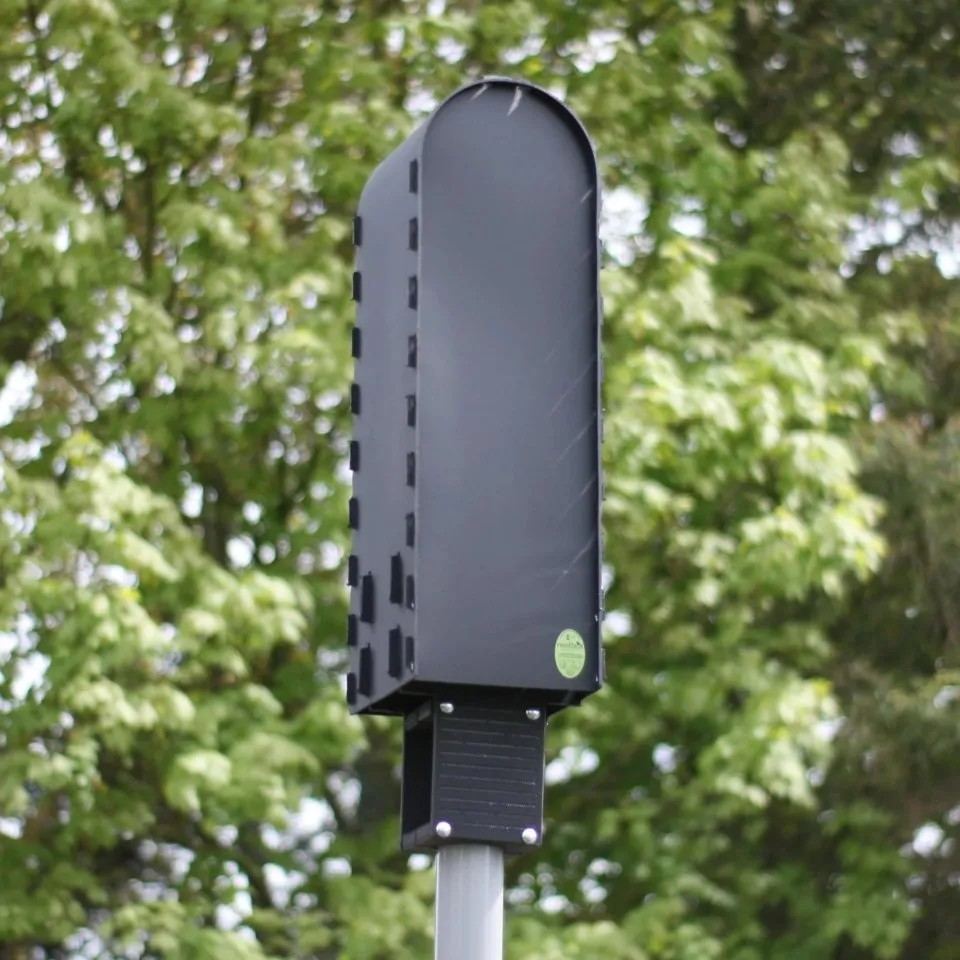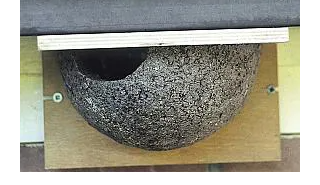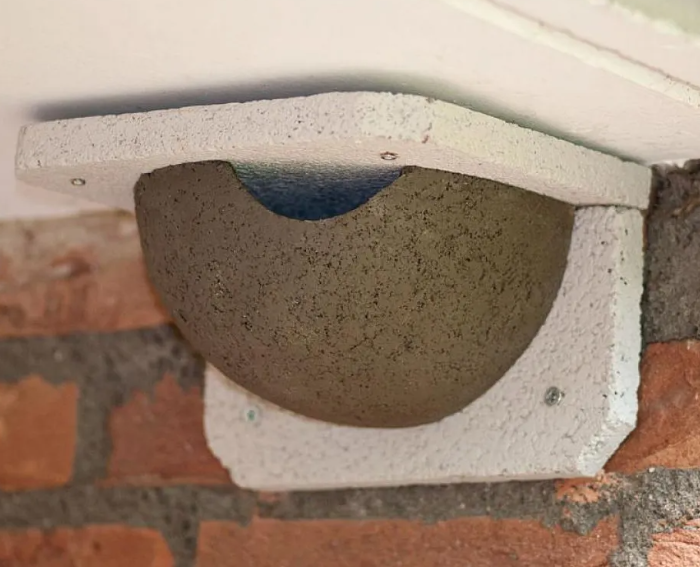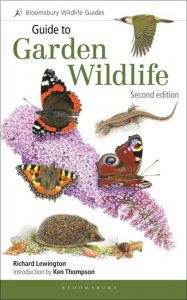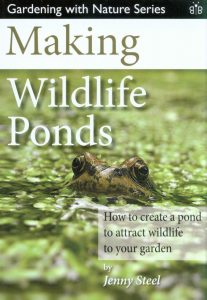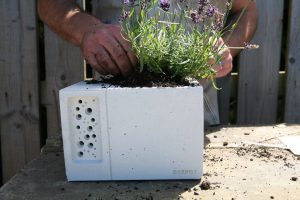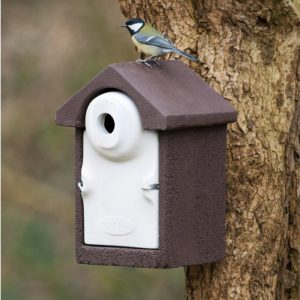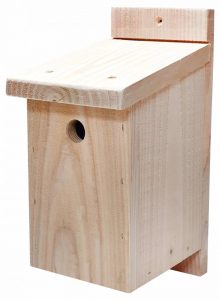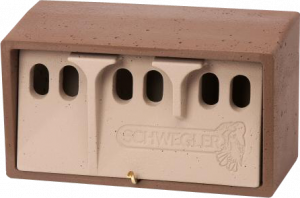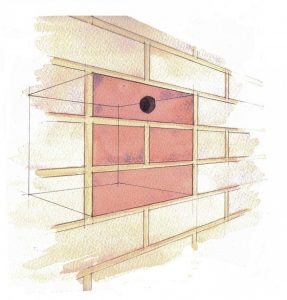A bird table is a great way to provide supplementary food sources to local bird species, especially during harsh winter months, and offers a delightful window into the lives of our local birdlife. This added food source can have significant positive impacts on the overall health, condition, and breeding success of bird populations in the UK, but with this support comes the responsibility of ensuring a clean and healthy feeding environment. Feeders can quickly become breeding grounds for harmful bacteria, encouraging the spread of diseases such as avian trichomoniasis and avian influenza, so it is important to understand how to keep them clean.
In this blog, we detail how to clean and maintain garden bird tables and feeders throughout the year, and highlight the importance of good hygiene for bird conservation in the UK.
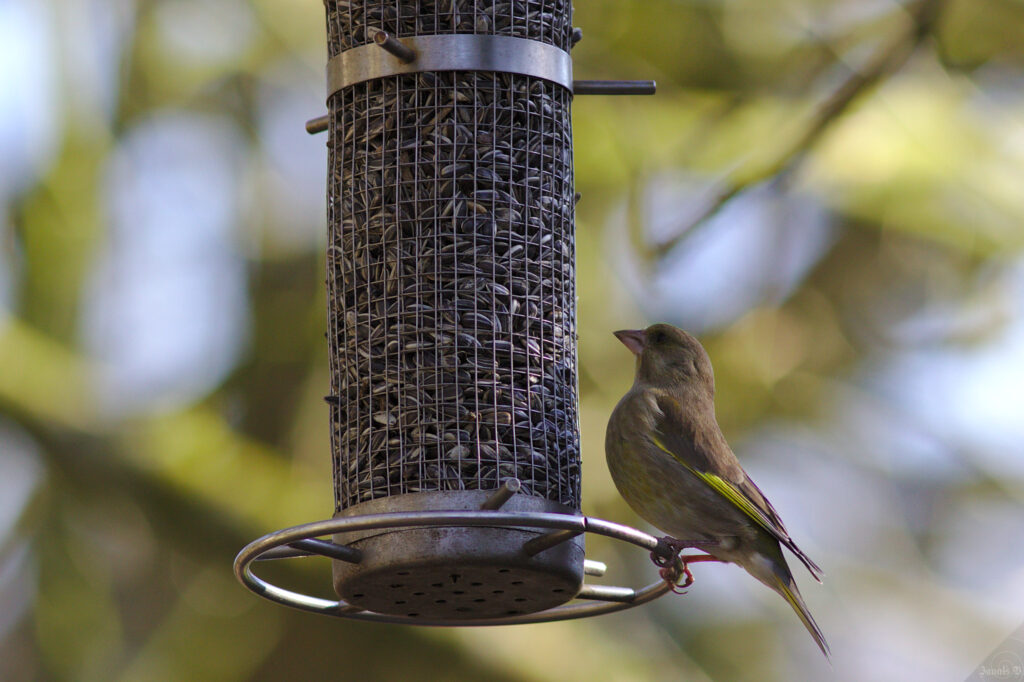
Why Is Good Bird Table Hygiene Important?
Maintaining good bird table hygiene to mitigate the spread of disease is of growing importance. British birds are under significant pressure from habitat loss, land use change and increasing urbanisation across the country – and conditions like avian trichomoniasis, a contagious disease partly responsible for widespread declines of Greenfinches in the UK, can be easily spread through contaminated food dropped by infected birds. Proper bird table hygiene can not only mitigate the spread of disease, but can also minimise the attraction of pest species like mice and rats, which pose a risk to human health through the transmission of zoonotic diseases.
Disease prevention extends beyond simple cleaning – positioning bird tables away from perching or roosting areas minimizes contamination from falling debris or excess faeces, and prioritizing designs that attract smaller songbirds can also reduce the concentration of larger, messier species like pigeons. Replacing older tables, which typically have a lifespan of around five years, also ensures that damaged or difficult-to-clean surfaces don’t become persistent reservoirs for pathogens.

How Do I Maintain My Bird Table and Bird Feeder?
Daily
Daily maintenance is essential to prevent the accumulation of harmful bacteria and mould:
- Dispose of any uneaten food on bird tables– seed mixes and mealworms in particular should be disposed of after 24 hours
- Check over the suet balls or birdseed in your feeder to ensure that it is safe to eat
- Thoroughly sweep the table surface or wipe over the feeder pegs to remove debris, droppings and loose food
Monthly
A monthly deep-clean is important to prevent disease transmission in your garden, especially during wetter, colder months:
- Disassemble any removable parts for a separate, more thorough cleaning
- Scrub each part with a stiff brush and a solution of soapy water or diluted bleach to eliminate harmful bacterial or fungal growth, ensuring that any cracks and crevices are thoroughly cleaned
- Rinse all components with clean water to remove any residual cleaning agents
- Allow the parts to air dry completely in the sun before reassembling and refilling with food
End of season
At the end of the season, a comprehensive ‘full service’ of your bird table or feeder should be undertaken:
- Thoroughly inspect the table or feeder for damages and repairs – whether this be splintered wood, cracks and splits, or loose screws. Repair or replace as needed
- Consider repainting or treating table wood with a wildlife-friendly, non-toxic wood preservative or paint to safeguard against weathering and decay
Ensuring your bird feeder is in a good state of repair minimises the risk of injury by garden birds and ensures that the table can be easily cleaned to minimise any bacterial or fungal growth.

Well-maintained bird tables and feeders can directly impact the health and well-being of our local avian populations. By implementing a routine of daily, monthly, and end-of-season cleaning, you can minimise the risk of disease transmission and provide a safe feeding environment for local birds.
For further reading on how to care for local birds in your garden, click here.






